#Briton
Explore tagged Tumblr posts
Text

Merlin the Prophet and Wizard
Merlin is one of those complicated tricksters characters I just can’t help but love. Like any character from the Arthurian Cycle, he’s an amalgamation of so many distinct ancient and slightly less ancient figures, mores, and cultural views. Whether he’s a mad half demon, a wise prophet, a wizard and the symbol of the dying druids, or a young magician in a bbc show, he’ll always have a hand in bringing the future to pass.
There are so many little fun wizard things in this piece potions, scrolls, a raven, feathers, a fire salamander, a mini lady in the lake bottle, nature inspired motifs for the Druid interpretation, a scarab beetles, some Celtic inspired checkered fabric, gilded illuminated manuscript edges, etc.
#merlin#excalibur#arthuriana#le morte d'arthur#medieval#mythology#myth#romantic#chivalry#tagamemnon#king arthur#morgan le fay#illustration#artists on tumblr#art#art tag#wizardposting#wizardblr#magic#Druid#Celtic#Briton#welsh#Excalibur (1981)#knights of the round table
23 notes
·
View notes
Text



Today's Celtic character of the day is Anticlimax from Asterix who is Briton (ancient Celt). He is from a village in Britannia.
16 notes
·
View notes
Photo

Source details and larger version.
Here's my seasonal collection of vintage (mostly weird) fashion.
27 notes
·
View notes
Text







KING ARTHUR (2004) set design appreciation: ― Hadrian's Wall: Arthur's quarters [2/?] inspired by @lady-arryn wonderful set design series [x]
KA20TH CELEBRATION | Day 4 - Home
AN: Here's part II of the Hadrian's Wall series for today's @ka20th prompt. This one was interesting because we never truly got to see Arthur in his own quarters. I know we had the scene where he slept with Guinevere but that was it. Wish we got to see more!
Also to anyone who's writing fics for this film, feel free to use this has visual inspiration if you're struggling with imagery or what-not💖 (P.S. This was probably one of the hardest things to gif, the colouring/lighting in those scenes are horrible 😭)
#king arthur#king arthur 2004#arthur#arthurian mythology#arthurian legend#artorius castus#clive owen#set design#set decoration#scenery#period drama#rome#briton#romans#medieval aesthetic#perioddramaedit#perioddramasource#perioddramagif#dailyflicks#cinemapix#cinamatv#filmedit#filmgifs#fyeahmovies#moviegifs#ka20th#fantasyedit#sceneryedit
56 notes
·
View notes
Text
Boudicca
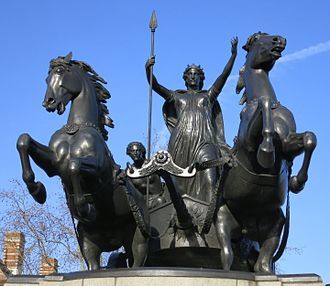
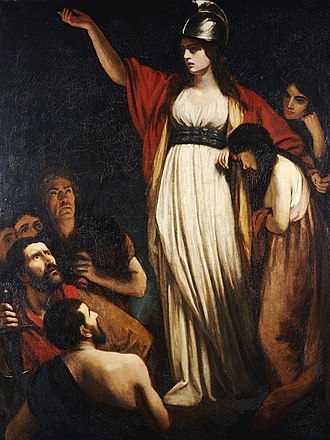
Queen Boudicca is considered to be a British heroine and a symbol of the struggle for justice and independence. She was a queen of the ancient Iceni tribe, and she led a failed uprising in 60 or 61 CE. Her name literally translates to "Victorious Woman", and it is sometimes spelled Boudica, Boudicca, Boadicea, and Boudicea, and sometimes as Buddug in Welsh.
Not much of Boudicca's early life is known, but it is believed she was not of the Iceni tribe and rather of royal descent. We don't even know when she was born, though it is estimated she was born between 25 and 30 CE. The historian, Cassius Dio, wrote "In stature, she was very tall, in appearance most terrifying, in the glance of her eye most fierce, and her voice was harsh; a great mass of the tawniest hair fell to her hips; around her neck was a large golden necklace; and she wore a tunic of fivers colours over which a thick mantle was fastened with a brooch. This was her invariable attire." However, this was written more than a century after her death and wasn't translated into English until 1925, so it may not be accurate.
She may have married King Prasutagus of the Iceni tribe somewhere between the years of 43-45 CE. The Iceni was a Celtic tribe that inhabited what is now Norfolk in England, a parts of the neighbouring counties of Cambridgeshire, Suffolk and Lincolnshire. Her husband may have been one of the eleven kings who surrended to Claudius following the Roman conquest in 43. He was considered an ally of Rome and his tribe was allowed to remain independent to some degree, though disarmed.
Upon Pasutagus' death in 60 or 61 CE, he made his two daughters and the Roman Emperor, Nero, his heirs. The Romans ignored this will and absorbed the kingdom into the province of Brittania. It was Tacitus who detailed the Romans and their pillaging and ransacking, as well as the cruel treatment of Boudicca and her daughters. According to Tacitus, Boudicca was flogged and her daughters, possibly twelve years old, were raped.
Shortly after, Boudicca seemed to become the leading figure in a rebellion against the Romans, possibly because she wanted revenge for the humiliation she and her daughters had suffered. The first move was at Camulodunum (modern Colchester) where the queen captured the Roman forces. As the Roman governor, Seutonius, who was leading a military capaign in Wales, heard about the revolt, he left a garrison on the island of Mona and made his way to deal with Boudicca. He made it to Londinium (Roman London) before Boudicca but he was outnumbered and decided to abandon the town, which was burned down by the rebels after torturing and killing everyone who had remained. The Queen and her army proceeded onto Verulamium (modern St. Albans) and won another victory.
Suetonius regrouped his forces, amassing an army of 10,000 men at an unidentified location. They stood in a defile (a narrow pass or gorge between mountains or hills) and used this terrain to their advantage, apparently throwing javelins at the Britons. Though the Roman army was heavily outnumbered, Boudicca's army was defeated.
While Boudicca survived the battle initially, it is said she poisoned herself or that she fell ill. With Boudicca's defeat, the Roman's secured control over Britain.
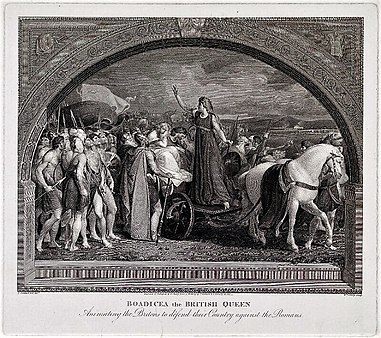

In film a TV, Boudicca has been portrayed four times.
Boadicea (1927), a British silent film starring Phyllis Neilson-Terry.
Warrior Queen (1978), a British television series starring Sian Phillips.
Boudica (2003), a British television film starring Alex Kingston.
Boudica (2023), a British drama film starring Olga Kurylenko.
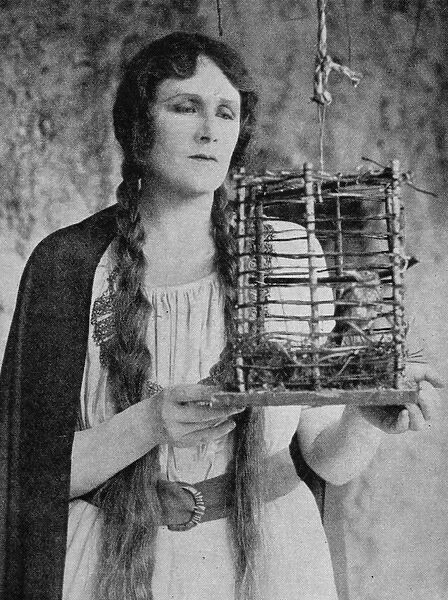
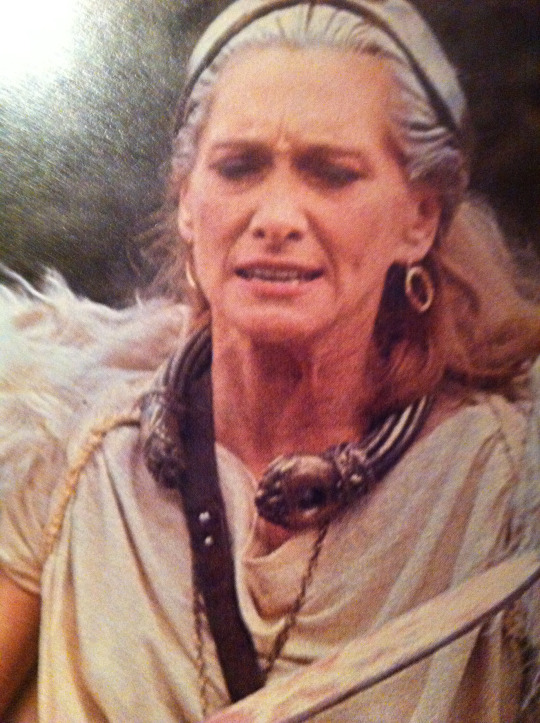

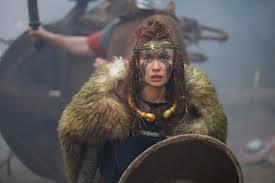
#boudica#boudicca#royal history#iceni tribe#boadicea#warrior queen#romans#roman#roman empire#briton#britain#queen#prasutagus#king#rome#emperor#nero
9 notes
·
View notes
Text
Luck, Mischief & the Truth About Leprechauns
A Wild Elf’s Guide to Saint Patrick’s Day: Ah, mortals and their fondness for grand celebrations! Once again, the land is turning green, the taverns overflow with frothy beverages, and mortals prance about in their finest shamrock-clad attire. But what is Saint Patrick’s Day really about? Allow me, Runa, your well known and adored elderly Wild Elf with far too many centuries of experience (and…
#adventurer#Alrunia Ahn#Alrunia Ahn Art#ancient customs#beer#briton#celebration#celenration#Celtic myths#Christianity#Fae#folklore#fortune#four-leaf clover#gold#good luck charms#Green#history#Holy Trinity#illusions#imp#ireland#Irish#irish fae#Irish traditions#ko-fi shop#Leprechaun#leprechauns#luck#Mischief
2 notes
·
View notes
Text
Cool briton shit (pt. 2, customs)

Above is a depiction of briton Tattoos. The ink was colorful but blue was favored and made using blue dye from the woad plant. Unlike other tribes, the iceni would use both paint and tattoos before war and during rituals.

Men would often spike up their hair and use lime to dye it white.

This is a dobunni coin, they aren't used like our money as they're purely special tokens signifying an importance. They are earned. There was no money in the Iron Age. People were not paid with money for the work they did. People would swap what they made for something else. For example, a blacksmith could swap a tool they had made for food from a farmer. This type of trade is called bartering or exchange.

The battersea shield was used as an offering to nature itself, hence why there is no handle. Tribes would often sacrifice items with meaning to river streams of water, bury them in houses, or hide them.

The britons didnt have gods in the literal sense, but rather worshipped personifications of the natural world. They had priests, otherwise known as druids, who would help them lead ceremonies of worship. Druids wore necklaces, head wraps or jewelry, earrings, and rings to signal their status. Druids could also be men or women.
2 notes
·
View notes
Text

1988 FES Briton
My tumblr-blogs:
www.tumblr.com/germancarssince1946 & www.tumblr.com/frenchcarssince1946 & www.tumblr.com/englishcarssince1946 & www.tumblr.com/italiancarssince1946 & www.tumblr.com/japanesecarssince1947 & www.tumblr.com/uscarssince1935
2 notes
·
View notes
Text

Briton Rivière (1840-1920) "Compulsory Education" (1887)
#painting#paintings#art#artwork#genre scene#briton riviere#briton rivière#english artist#british artist#dogs#animals#pet#pets#female portrait#portrait of a girl#interior#clothing#clothes#white dress#dresses#1880s#late 1800s#late 19th century#funny#humor#humour#humorous#1k
2K notes
·
View notes
Text


Actaeon, 1884 - oil on canvas — Briton Riviere (British, 1840-1920)
#briton riviere#art#paintings#oil painting#oil on canvas#art details#classic art#classical art#dogs#teeth#mythology#greek mythology
3K notes
·
View notes
Text

Briton Riviere (British, 1840–1920) - The Welcome
1K notes
·
View notes
Text
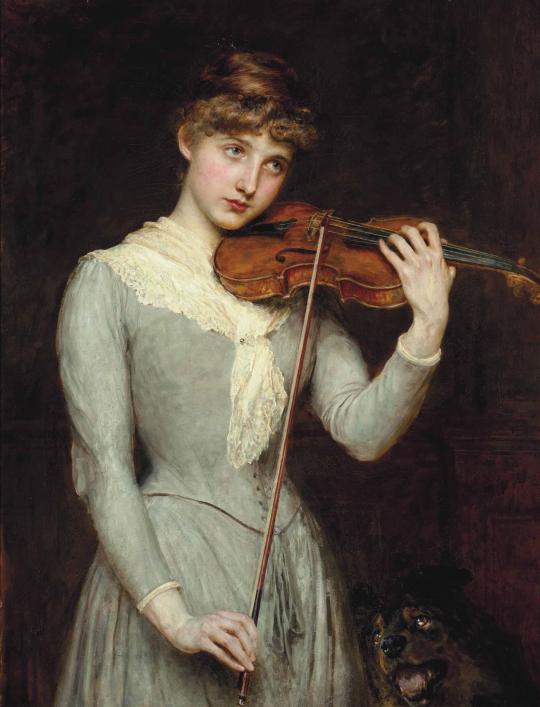
A Cavatina, 1888
Briton Riviere
#music#violin#art#painting#art history#portrait#1880s#19th century#victorian#Briton Riviere#british art#english art
2K notes
·
View notes
Text



Today's Celtic character of the day is Taliesin from the Tears to Tiara series who is Briton, specifically Brigantes tribe (ancient Celt).
0 notes
Text

Phoebus Apollo by Briton Rivière (1895)
498 notes
·
View notes
Text
It's time to determine by popular vote...
Who is the Hottest Arthur Pendragon?

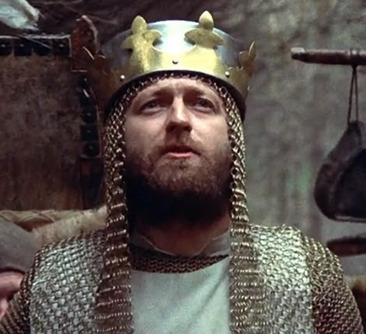






Row 1 - Richard Harris, Camelot (1967) - Graham Chapman, Monty Python and the Holy Grail (1975)
Row 2 - Oliver Tobias, Arthur of the Britons (1972-73) - Nigel Terry, Excalibur (1981)
Row 3 - Sean Connery, First Knight (1995) - Alexandre Astier, Kaamelot (2004-2009)
Row 4 - Bradley James, BBC's Merlin (2008-2012) - Charlie Hunnam, King Arthur: Legend of the Sword (2017)
#exit polls#king arthur#arthur pendragon#richard harris#graham chapman#oliver tobias#nigel terry#sean connery#alexandre astier#bradley james#charlie hunnam#camelot 1967#monty python and the holy grail#arthur of the britons#excalibur 1981#first knight#kaamelott#bbc merlin#king arthur: legend of the sword#fuck that medieval man
271 notes
·
View notes
Text
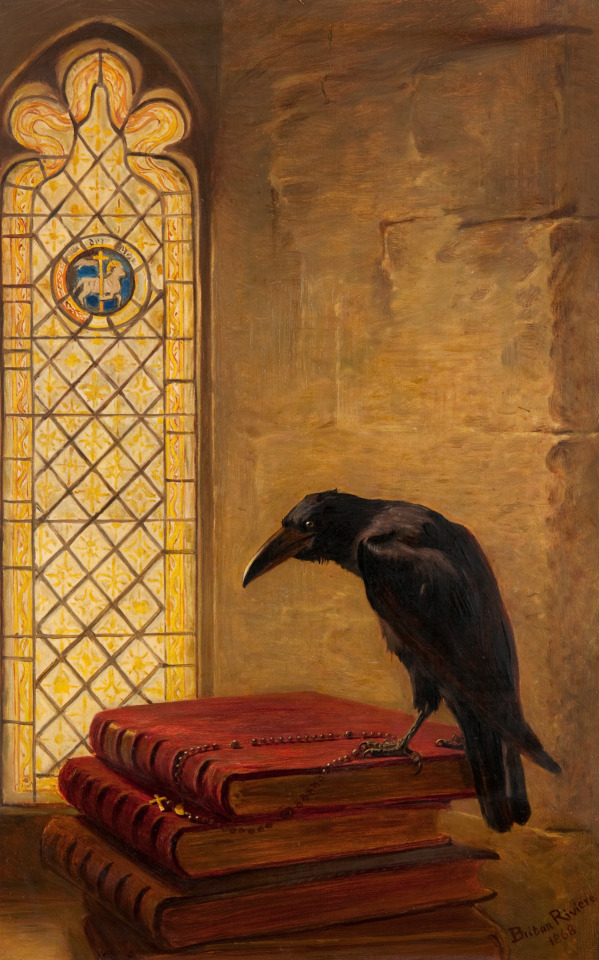
A Saint, from the 'Jackdaw of Rheims' by Briton Rivière
#briton rivière#briton riviere#art#jackdaw#rheims#saint#the ingoldsby legends#poem#english#england#cardinal#ring#bird#birds#jackdaws#corvus#corvid#corvids#crow#crows#raven#ravens#europe#legends#books#necklace#rosary#european#folk tales#folklore
694 notes
·
View notes